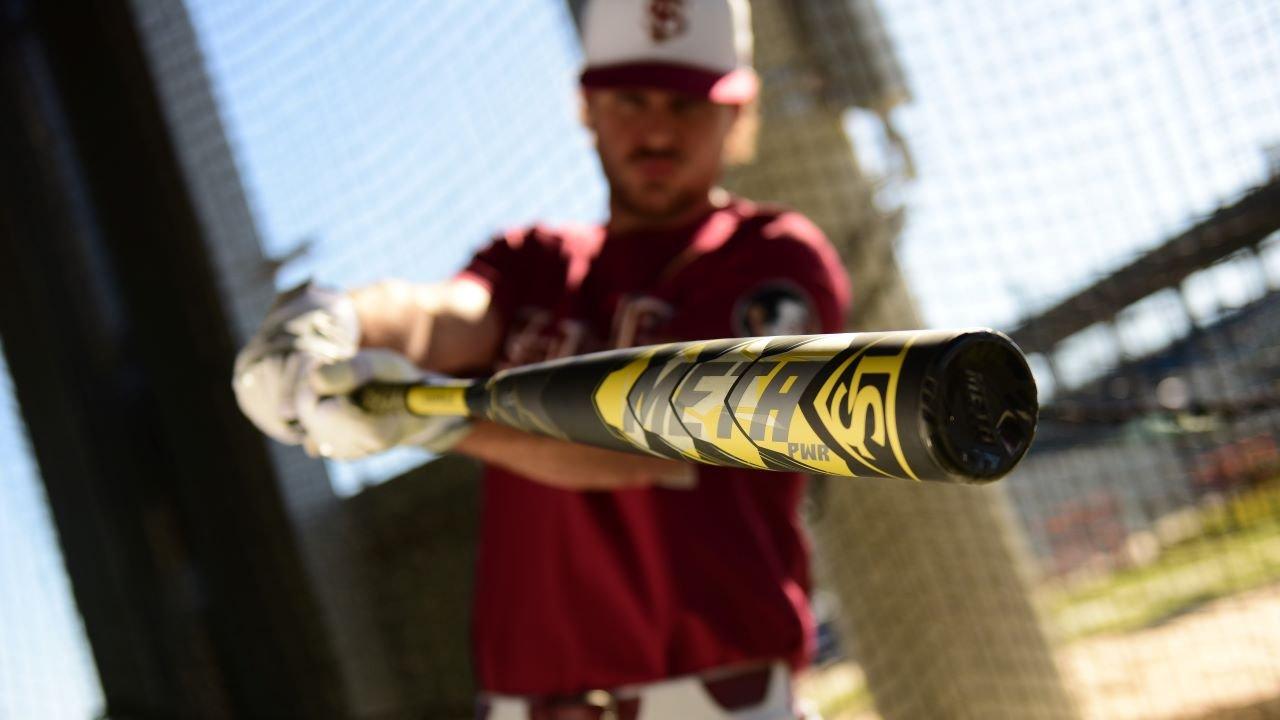
Dec 11, 2025
Celebrate the season in style—discover Christmas sneakers that combine festive flair with everyday comfort, perfect for gifting or showing off.
Read MoreExpert Advice | Sports Lifestyle
Feb 11, 2021
There are many factors to consider when selecting a baseball bat or a softball bat. Sure, there are some obvious things to ask when shopping, like is this a youth bat or an adult-sized bat? Is this a boys’ baseball bat, or a girls’ softball bat? But there are others that aren’t so obvious, ones you might not have any idea about unless you’re a skilled player yourself or veteran a baseball mom or dad.
For instance, what weight should you be looking for in a baseball or softball bat? How long should it be? What about the bat’s drop? (What’s drop?! That’s the difference between the bat’s weight and its length. You can read more about drop lower in this post). And how do you decide what material your bat should be made of?
A balanced bat (heavy enough to generate power, light enough to swing easily) that adequately covers the strike zone is crucial for making solid contact with the ball.
Hibbett | City Gear’s guide to choosing a baseball bat helps take the guesswork out of the equation. With brands like Easton, Rawlings, Louisville Slugger, Mizuno and DeMarini, we can’t guarantee your little (or not-so-little) slugger a home run, but with more than 75 years of experience catering to America’s favorite pastime, we can guarantee any player can connect with the bat that’s right for them with these tips and helpful bits of knowledge.

Whether softball is your thing or your child is setting off on his first foray into T-ball or machine pitch, here are the top factors you need to consider when selecting the right bat for you or your player:
Age will determine what type of bat and the length of bat your player needs. A kindergarten player, for instance, will likely require a bat approved for T-ball, while older players will need bats with enhanced technologies that meet specific league requirements.

Bats measure in inches from end to end (knob to end cap). Longer bats offer more reach and make it easier to connect with balls on the outer edges of the plate. However, longer bats also carry more weight toward the end of the bat and require greater power to swing. A shorter bat is easier to control but makes it harder to reach pitches on the outside. Be sure to consider the player’s stance and swing when choosing a length.
Whether you’re shopping for an adult baseball bat or you’re looking for a youth baseball bat, here are three easy ways to determine the correct bat length:

Here’s an approximate age chart for budding baseball players:
In the context of the game, weight drop is simply the difference in length and height of the baseball or softball bat. It’s important to know a bat’s weight drop to help choose the right balance between length and weight — which can make a world of difference in a player’s swing. The higher the drop, the lighter the bat. The smaller the drop, the heavier the bat. For example, if a bat is 31 inches and weighs 21 ounces, then the bat is a –10.
Bat Length (Inches) – Bat Weight (Ounces) = Weight Drop
Common Weight Drops for Baseball & Softball Bats
Players new to the game generally need a lighter bat for better control, while veteran and older players usually have the technique and strength to swing a heavier bat.
Swing speed is a great indicator if the weight of a bat is right for the player. Bats with too much weight are harder to swing and take too long to travel the distance required to make contact with the ball. Bats without enough weight aren’t able to generate the force needed to achieve maximum power and distance.

Organizations like the United States Sports Specialty Association (USSSA) and USA Baseball mandate specific regulations based on age groups that cover weight drops and barrel diameters. Manufacturers design and make their bats based on these standards. Each standard, however, varies. Bats that meet one standard may not meet another.
Some tournaments and leagues require different certifications. Keep in mind that different leagues throughout the country adopt the standard they consider appropriate, so be sure to check with coaches and league officials to determine whether a bat is legal for play.
On Deck: Which Glove Type Best Matches A Baseball/Softball Player’s Position?
In the Hole: How Do I Find the Right Fit for a Baseball or Softball Glove?
